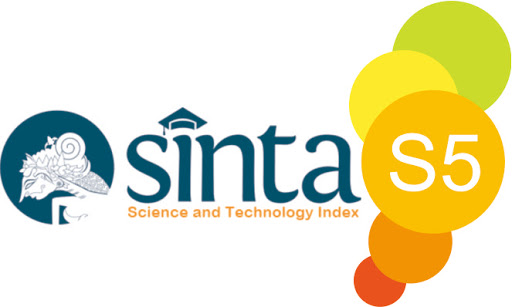PEER REVIEW PROCESS
Submitted manuscripts will be pre-reviewed by the editors, determining whether the manuscript meets to The Res Nullius Law Journal submission guidelines and requirements. Manuscripts which have fulfilled to the journal's style and journal policy will be peer-reviewed. The Res Nullius Law Journal is a Double Anonymous Peer Reviewed journal which involves many reviewers of experts in relevant field of laws. Final decision of manuscript acceptance is solely decided by the editors according to reviewers' comment. Plagiarism and self-plagiarism are not allowed. The Res Nullius Law Journal uses plagiarism checker to screen articles for detecting plagiarism (Turnitin). Detection of overlapping and similar text is used there and so quotations and appropriate citations have to be used whenever required.
THE PEER REVIEW PROCESS
The peer review process can be broadly summarized into 10 steps, although these steps can vary slightly between journals. Explore what’s involved, below.
- Submission of Paper: The corresponding or submitting author submits the paper to the journal. This is usually via an online system. Occasionally, journals may accept submissions by email in certain circumstances.
- Editorial Office Assessment: The Review checks the paper’s composition and arrangement against the journal’s Author Guidelines to make sure it includes the required sections and stylizations. The quality of the paper is not assessed at this point.
- Appriasal by the Editor-in-Chief (EiC): The EiC checks that the paper is appropriate for the journal and is sufficiently original and interesting. If not, the paper may be rejected without being reviewed any further.
- Invitation to Reviewers: The handling editor sends invitations to individuals he or she believes would be appropriate reviewers. As responses are received, further invitations are issued, if necessary, until the required number of acceptances is obtained – commonly this is two, but there is some variation between journals.
- Response to Invitations: Potential reviewers consider the invitation against their own expertise, conflicts of interest and availability. They then accept or decline. If possible, when declining, they might also suggest alternative reviewers.
- Review is Conducted: The reviewer sets time aside to read the paper several times. The first read is used to form an initial impression of the work. If major problems are found at this stage, the reviewer may feel comfortable rejecting the paper without further work. Otherwise they will read the paper several more times, taking notes so as to build a detailed point-by-point review. The review is then submitted to the journal, with a recommendation to accept or reject it – or else with a request for revision (usually flagged as either major or minor) before it is reconsidered.
- Journal Evaluated the Reviews: The handling editor considers all the returned reviews before making an overall decision. If the reviews differ widely, the editor may invite an additional reviewer so as to get an extra opinion before making a decision.
- The Decision is Communicated: The editor sends a decision email to the author including any relevant reviewer comments. Whether the comments are anonymous or not will depend on the type of peer review that the journal operates.
- Next Steps: If accepted, the paper is sent to production. If the article is rejected or sent back for either major or minor revision, the handling editor should include constructive comments from the reviewers to help the author improve the article. At this point, reviewers should also be sent an email or letter letting them know the outcome of their review. If the paper was sent back for revision, the reviewers should expect to receive a new version, unless they have opted out of further participation. However, where only minor changes were requested this follow-up review might be done by the handling editor.












